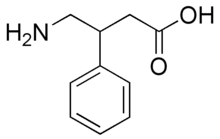| Any other problems one might encounter in their attempt to chlorinate only at the para position? Maybe if bulky protecting groups are attached to the
amine and the acid group then these protecting groups would sterically block the ortho and meta positions, leaving only the para position open.
|



